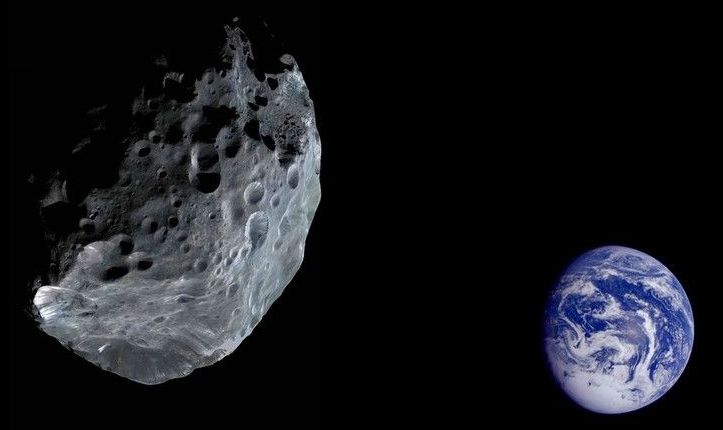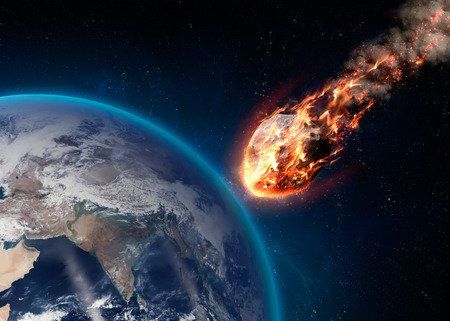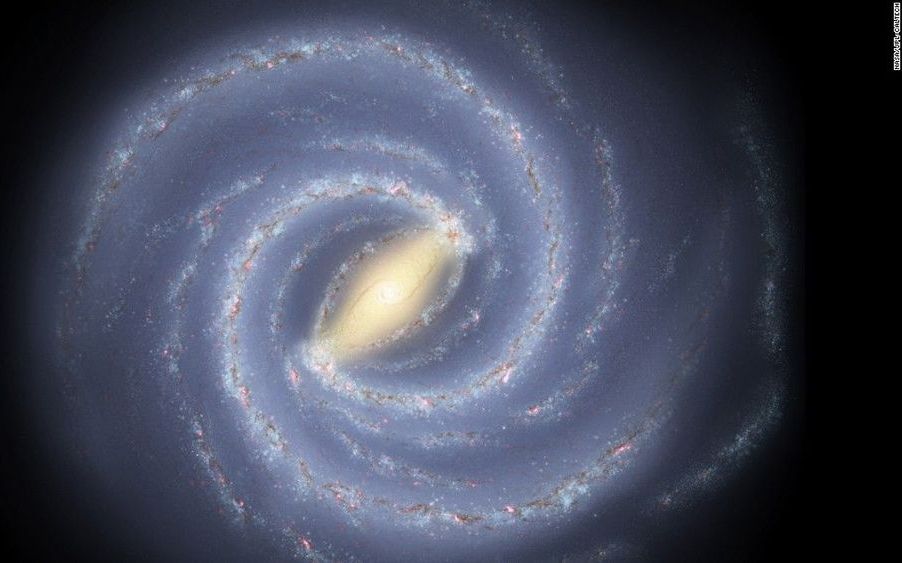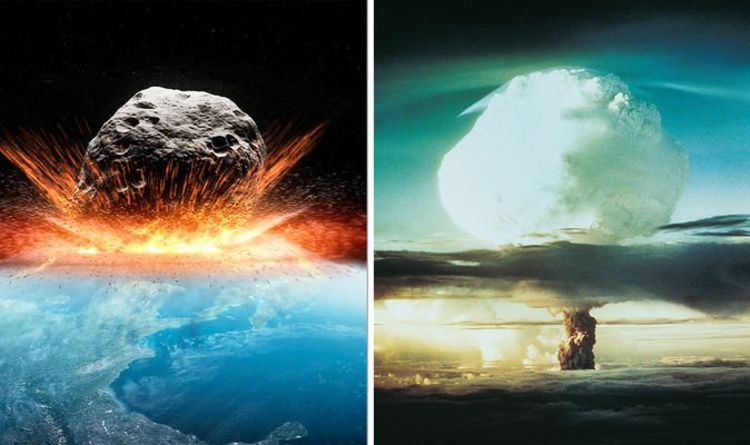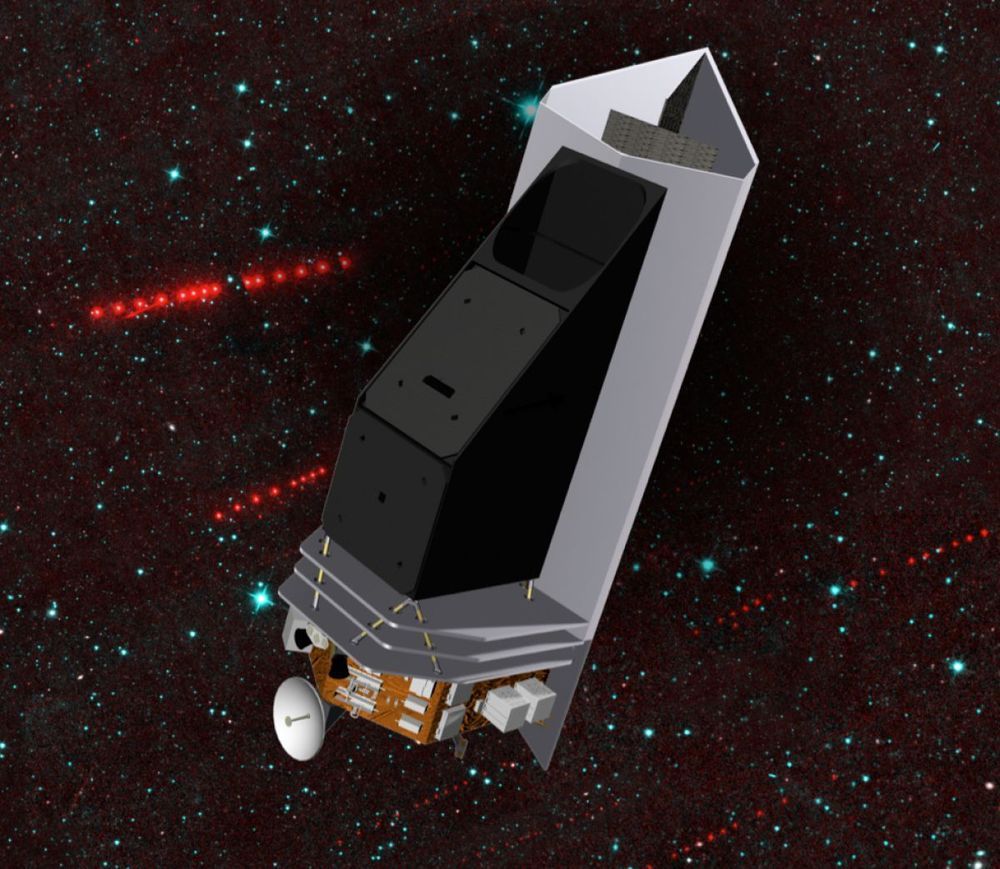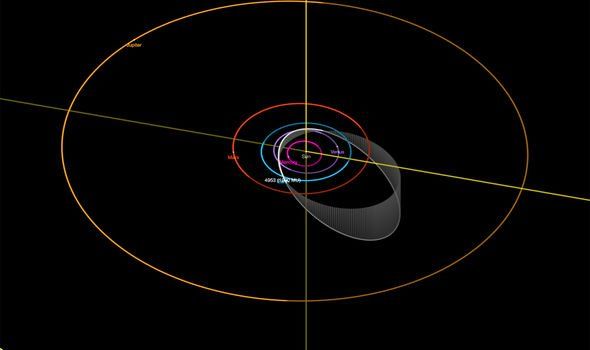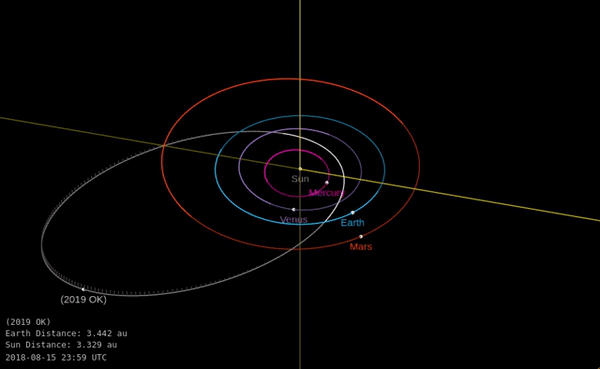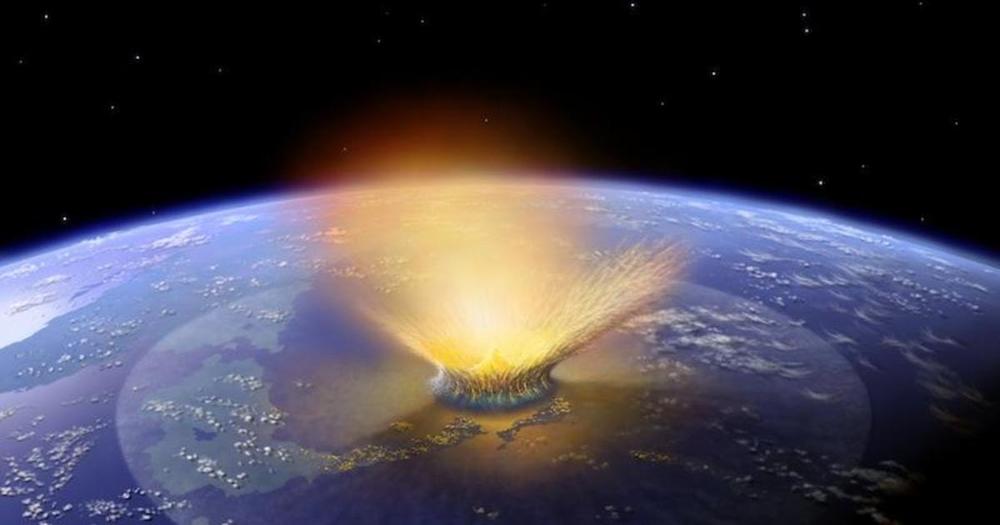Asteroids are coming?
The asteroid, dubbed 2019 WR3, has been directly observed some 74 times by NASA since it was spotted in the skies on November 27, so the space agency could calculate its size, speed and trajectory, and determine the threat level.
NASA now believes the space rock measures between 76 and 170 meters (249 and 557 feet) and is travelling at speeds of 27,036kph (16,799mph).
